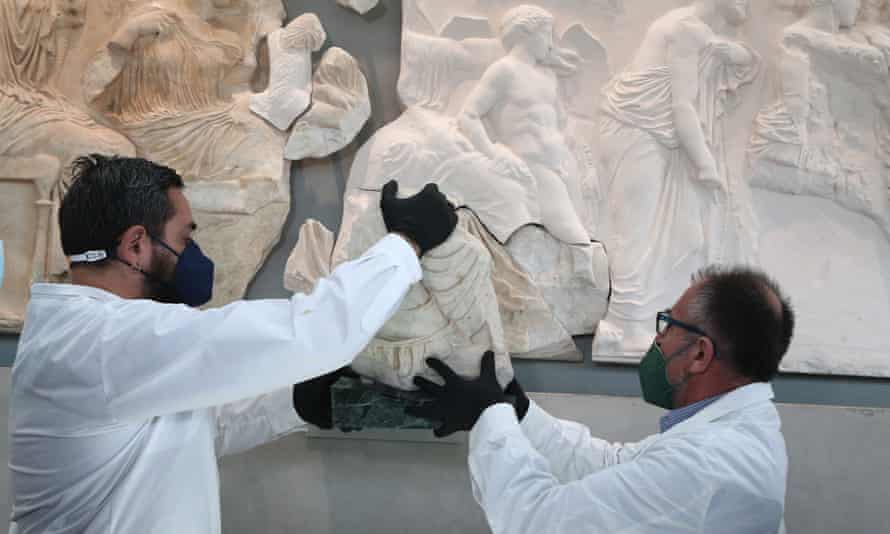insider@insider.com (Juliana Kaplan,Madison Hoff)

© Provided by Business Insider Fast food workers and activists demonstrate outside McDonald's downtown flagship restaurant on July 31, 2014 in Chicago, Illinois. Scott Olson/Getty Images
National Economic Council Deputy Director Bharat Ramamurti said that workers are experiencing a "Great Upgrade."
Ramamurti was referencing the elevated number of workers quitting low-wage work and job switching.
The country seems to be grappling with a wage shortage as workers leave behind low paying jobs for better prospects.
A record-breaking number of workers quit their jobs in November — and the White House is celebrating.
That's because workers in the lowest-paying sectors decided to throw in the towel and bid goodbye to their old jobs, according to the Bureau of Labor Statistics' latest data release. In leisure and hospitality alone, a record 1 million workers quit their job. At the same time, hiring boomed and job openings fell slightly, suggesting that workers weren't permanently leaving the workforce, but rather job switching.
National Economic Council Deputy Director Bharat Ramamurti tweeted out a chart from the left-leaning Economic Policy Institute that showed how quits were elevated in lower-paying sectors. The chart in particular compared the rates of quits and hires by industry:
"Workers are quitting to go take new, better-paying jobs. It's not the Great Resignation -- it's the Great Upgrade," Ramamurti wrote. He said that it's "exactly the kind of economy" President Joe Biden said he wanted to create.
The ongoing pushback against a wage shortage, as workers leave low-wage jobs for higher-paid work, comes after decades of stagnant and declining wages.
"I think it's very good that we're seeing wage growth in our country," Secretary of Labor Marty Walsh told Insider last week. "I think it's good, particularly on our low income workers."
Indeed, workers with less than a college degree have seen their wage expectations skyrocket up, according to the Federal Reserve Bank of New York's Survey of Consumer Expectations Labor Market Survey. The lowest wage they'd be willing to accept for a new job has grown by about 16.5% from November 2019 to November 2021. Nick Bunker, an economist at Indeed, pointed out on Twitter that the entire increase in how much workers expect from a new job has been driven by workers with less than a college degree.
"It's time for employers to realize that it's frontline workers like us who keep the doors open — and if they want us to keep showing up they need to respect us, protect us and pay us what we deserve," Maribel Cornejo, a McDonald's worker and leader with the Fight for $15 in Houston, Texas, previously said in a statement to Insider.
But even as wages rise and workers act with their feet to drive up pay, the federal minimum wage has not increased since 2009. It remains at $7.25 an hour. A push last year to raise it to $15 an hour as part of Biden's American Rescue Plan ultimately failed, with eight moderate Democrats voting against the proposal.
"I'm hopeful that we can get the $15 an hour minimum wage through the Congress," Walsh said. "It's a baseline wage for workers."












